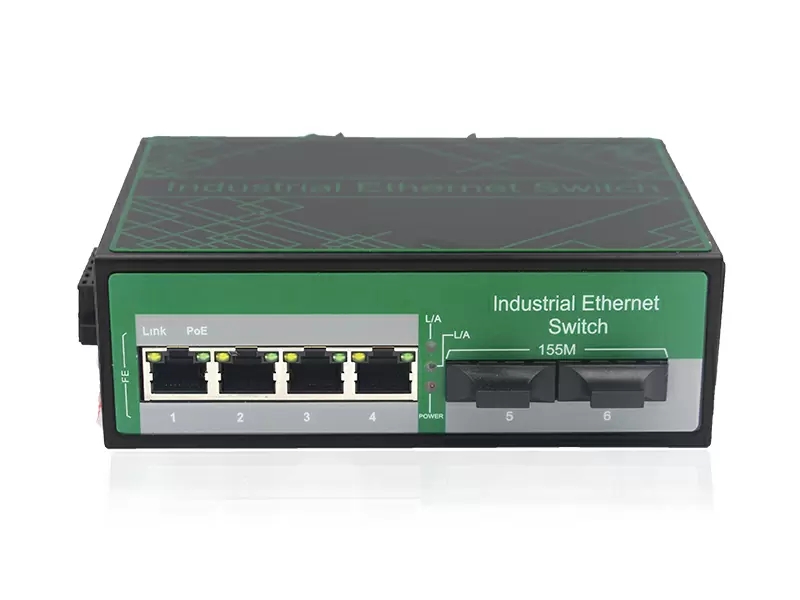.

Exploring the Variances in Functionality and Applications
Ethernet and Industrial Ethernet are two closely related technologies that serve as the backbone of modern networking systems. While they share similarities, they also possess distinct characteristics that set them apart. This article aims to offer a comprehensive comparison between Ethernet and Industrial Ethernet, shedding light on their differences in terms of functionality, applications, and benefits.
1. Basic Ethernet: Fundamental Networking Technology
Ethernet is a well-established and widely used technology in local area networks (LANs). It is a standard communication protocol employed for the transmission of data between devices in a network. Ethernet is primarily implemented using copper or fiber optic cables, allowing for high-speed data transfer rates and reliable connections.
2. Industrial Ethernet: Tailored for Industrial Applications
Industrial Ethernet, on the other hand, is a specialized adaptation of Ethernet that is specifically designed to meet the demands of industrial environments. It provides enhanced reliability, robustness, and scalability required for applications in industries such as manufacturing, automation, and process control.
3. Variations in Physical Media
While Ethernet typically utilizes copper or fiber optic cables, Industrial Ethernet extends its compatibility to include other physical media options suitable for industrial settings. These can include ruggedized cables, connectors, and even wireless communication methods such as Wi-Fi or Bluetooth, ensuring connectivity in diverse industrial environments.
4. Deterministic Communication and Real-Time Requirements
One of the key distinctions between Ethernet and Industrial Ethernet lies in their ability to fulfill deterministic communication needs. Industrial Ethernet employs protocols that prioritize real-time communication, ensuring precise and reliable data transmission for time-sensitive industrial applications. Ethernet, while capable of high-speed data transfer, does not guarantee the same level of determinism.
5. Network Management and Security Features
Industrial Ethernet places a higher emphasis on network management and security features compared to traditional Ethernet. Industrial networks often require robust monitoring capabilities, redundancy mechanisms, and strict access control to protect critical systems and prevent production downtime. Industrial Ethernet incorporates advanced features to support these requirements, making it more suitable for industrial environments.
Although Ethernet serves as a foundation for modern networking, Industrial Ethernet emerges as a specialized solution catering to the unique needs of industrial applications. Its ability to provide reliable, deterministic communication combined with enhanced security and management capabilities makes Industrial Ethernet the preferred choice for industrial settings. By understanding the distinctions between Ethernet and Industrial Ethernet, businesses can make informed decisions when selecting the appropriate networking technology for their specific requirements.





